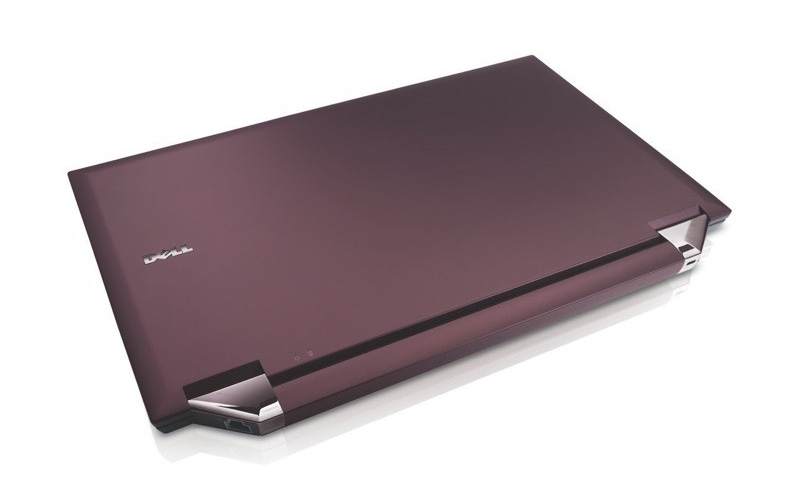
Last month, Apple’s controversial iTunes App Store policies went into the spotlight yet again when an app for using Google Voice on the iPhone failed to make it into the App Store. Google Voice is a service that enables users to receive transcriptions of voicemail message and use the same phone number for as long as they like—even if they change telecom operators or mobile carriers. A few days later the Federal Communications Commission opened an inquiry, asking Apple and AT&T to explain the nature of their agreements on iPhone applications and why Google Voice hadn’t been approved for the App Store. The company’s responses were due Friday…and raise almost as many questions as they answer.
In its response to the FCC (PDF), Apple claims it has not rejected Google Voice, but rather has simply not approved it and is still "studying" the application. "The application has not been approved because, as submitted for review, it appears to alter the iPhone’s distinctive user experience by replacing the iPhone’s core mobile telephone functionality and Apple user interface with its own user interface for telephone calls, text messaging, and voicemail," Apple wrote. Apple’s problem with Google Voice appears to be that it bypasses Visual Voicemail, as supported by Apple and AT&T, and routes calls through a separate Google Voice telephone number.
Apple also says that it has an agreement with AT&T not to enable users to set up VoIP sessions on AT&T’s cellular network without first getting the company’s permission, although VoIP apps are permitted via Wi-Fi. Apple claims not to know whether Google Voice uses VoIP.
In its response to the FCC (PDF), AT&T said it had no role in Apple’s process whether or not to approve Google Voice. "Apple is acting alone and has not consulted with AT&T about whether or not to approve the Google Voice application," the company wrote. "Apple alone makes the final decisions to approve or not approve iPhone applications." AT&T does say that, due to network congestion concerns, it doesn’t not want television signals traversing it cellular network to iPhones, and that it has objected to three iPhone applications, one that pulled data from its myWireless Web site, one that let users connect to AT&T Wi-Fi hotspots without reviewing terms of service, and another that allegedly sent multiple or malformed SMS messages to iPhone users; in the latter two cases, the applications were updated.
Some industry watchers have characterized AT&T’s objections to iPhone applications as an unstated veto power over iPhone apps; others have characterized Apple’s agreement with AT&T not to approve certain types of applications as monopolistic collusion.
It remains to be seen what the FCC thinks of both companies’ responses to its letter of inquiry. The agency is preparing to engage in heavier scrutiny of the wireless industry, particularly eyeballing exclusive deals between handset makers and wireless carriers.
Editors' Recommendations
- Nomad’s new iPhone case and Apple Watch band may be its coolest yet
- How to connect an iPhone to a Mac with or without a cable
- Everything Apple says is wrong about the DOJ’s iPhone lawsuit
- The DOJ has sued Apple over the iPhone. Here’s what it means for you
- UPS worker accused of nabbing $1.3M worth of iPhones and other Apple gear


